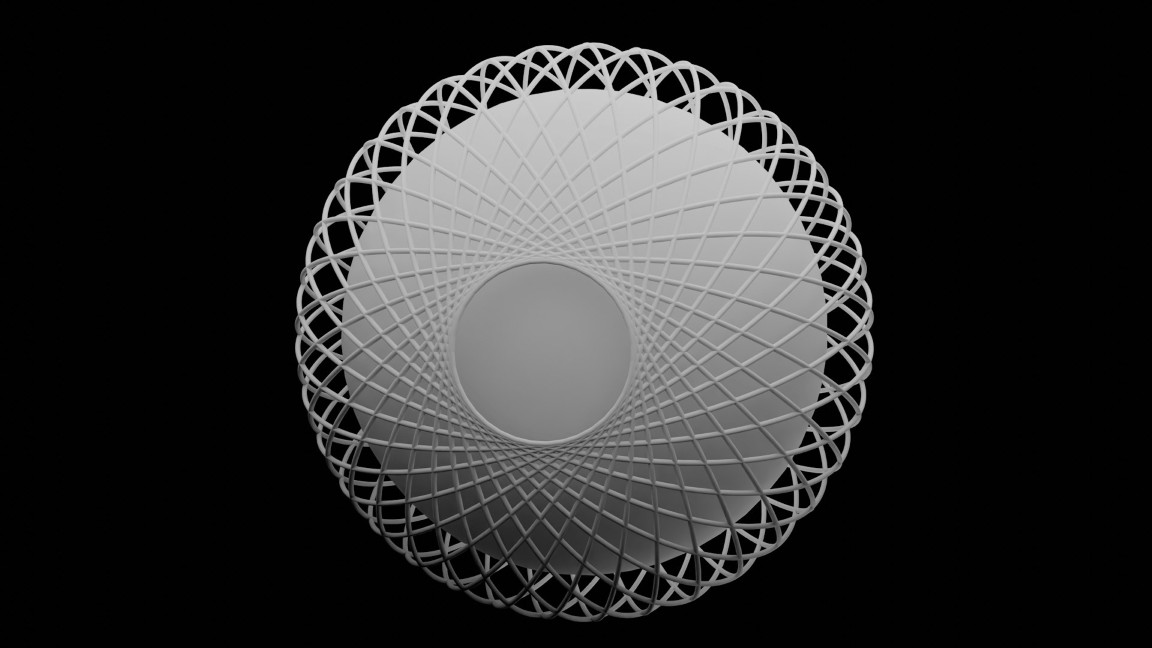When you purchase a home with less than a 20% down payment, you will likely be required to pay private mortgage insurance (PMI). PMI is an additional expense that protects the lender in case you default on your loan. While PMI can help you secure a mortgage with a lower down payment, it can also add hundreds of dollars to your monthly mortgage payment. If you want to avoid paying PMI, there are several strategies you can use to lower or eliminate this cost.
One of the most straightforward ways to avoid PMI is to make a larger down payment. By putting down 20% or more of the home’s purchase price, you can avoid having to pay PMI altogether. While saving up for a larger down payment may take longer, it can save you thousands of dollars in the long run. If coming up with a 20% down payment is not feasible, there are other options to consider.
Another way to avoid paying PMI is to explore lender-paid mortgage insurance (LPMI) options. With LPMI, the lender pays the PMI premium on your behalf in exchange for a higher interest rate on your loan. While this can be a cost-effective solution in some cases, it’s essential to compare the total cost of your mortgage with and without LPMI to determine if it’s the right choice for you.
If you have a good credit score, you may be able to avoid paying PMI by opting for a piggyback loan. A piggyback loan is a second mortgage that allows you to borrow additional funds to cover part of your down payment. By combining a first mortgage with a piggyback loan, you can reach the 20% equity threshold and avoid paying PMI. However, it’s essential to carefully consider the terms and interest rates of both loans before deciding if a piggyback loan is the right option for you.
If you already have PMI on your mortgage, you can take steps to have it removed once you’ve built up sufficient equity in your home. Under the Homeowners Protection Act, lenders are required to automatically cancel PMI once your loan balance reaches 78% of the original purchase price. However, you can request to have PMI removed once your loan balance reaches 80% of the home’s current appraised value. To do this, you may need to pay for a new appraisal to verify the current value of your home.
Another option to consider is refinancing your mortgage to eliminate PMI. If your home has increased in value since you purchased it or if you’ve made significant improvements to increase its value, refinancing your mortgage may allow you to eliminate PMI altogether. However, refinancing comes with its own costs and considerations, so it’s essential to carefully weigh the pros and cons before deciding if it’s the right choice for you.
In conclusion, private mortgage insurance can add a significant expense to your monthly mortgage payment. However, there are several strategies you can use to avoid paying PMI, such as making a larger down payment, exploring LPMI options, opting for a piggyback loan, building up equity in your home, or refinancing your mortgage. By carefully considering your options and working with your lender, you can find a solution that helps you avoid paying PMI and save money in the long run.
Find out more at
Lower My Payment Specialists Inc. | Private Mortgage Insurance Removal
https://thelmps.com
Fort Collins, United States
For more information on private mortage insurance contact us anytime.


